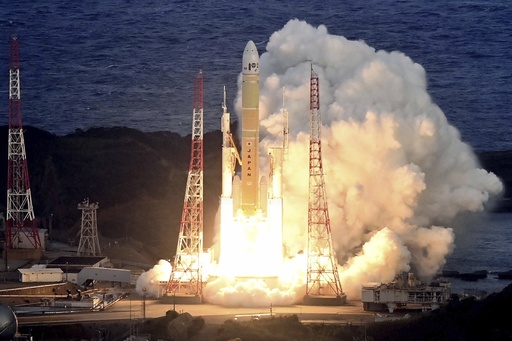
Tokyo — On Sunday, Japan’s national space agency announced the successful launch of a navigation satellite utilizing its newly developed H3 rocket, enhancing its ambitions for a more precise location positioning infrastructure.
The H3 rocket, which was carrying the Michibiki 6 satellite, took off from the Tanegashima Space Center located on a southwestern island of Japan.
Makoto Arita, the project manager for the H3 initiative at the Japan Aerospace Exploration Agency (JAXA), confirmed that the launch proceeded without any issues, and the satellite detached from the rocket approximately 29 minutes post liftoff as intended.
Officials have indicated that Michibiki 6 is expected to reach its designated geospatial orbit within about two weeks.
Currently, Japan operates the quasi-zenith satellite system (QZSS), which comprises four satellites and has been functioning as a regional navigation solution since its inception in 2018. Michibiki 6 will become the fifth addition to this network.
The signals from the Michibiki satellites support American GPS while aiming to enhance positioning data for various technologies, including smartphones, automotive navigation systems, maritime services, and drones.
Japan has future plans to launch two additional navigation satellites, which will expand the network to seven satellites by March 2026, facilitating improved global positioning capabilities independent of foreign systems such as those from the United States. According to the Japan Science and Technology Agency, by the late 2030s, Japan envisions having an 11-satellite configuration.
Sunday’s launch came after a weather-related delay of one day and marked the fourth straight successful operation of the H3 system, following a previous launch failure last year that led to the destruction of the rocket and its payload.
Recognizing a stable and commercially viable space transportation capacity as crucial to its national space initiatives and security, Japan has been working on the development of two new flagship rockets to succeed the established H2A series: the larger H3 and a smaller Epsilon variant.
This strategic effort aims to meet a broad spectrum of customer demands and strengthen Japan’s role in the ever-expanding satellite launch marketplace.

